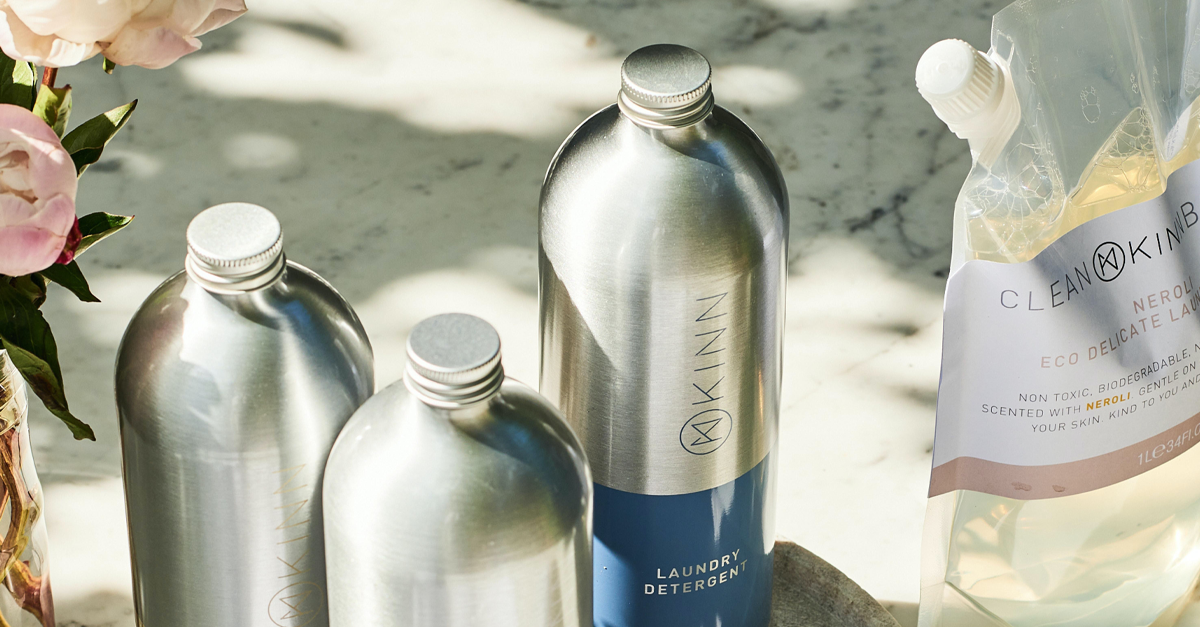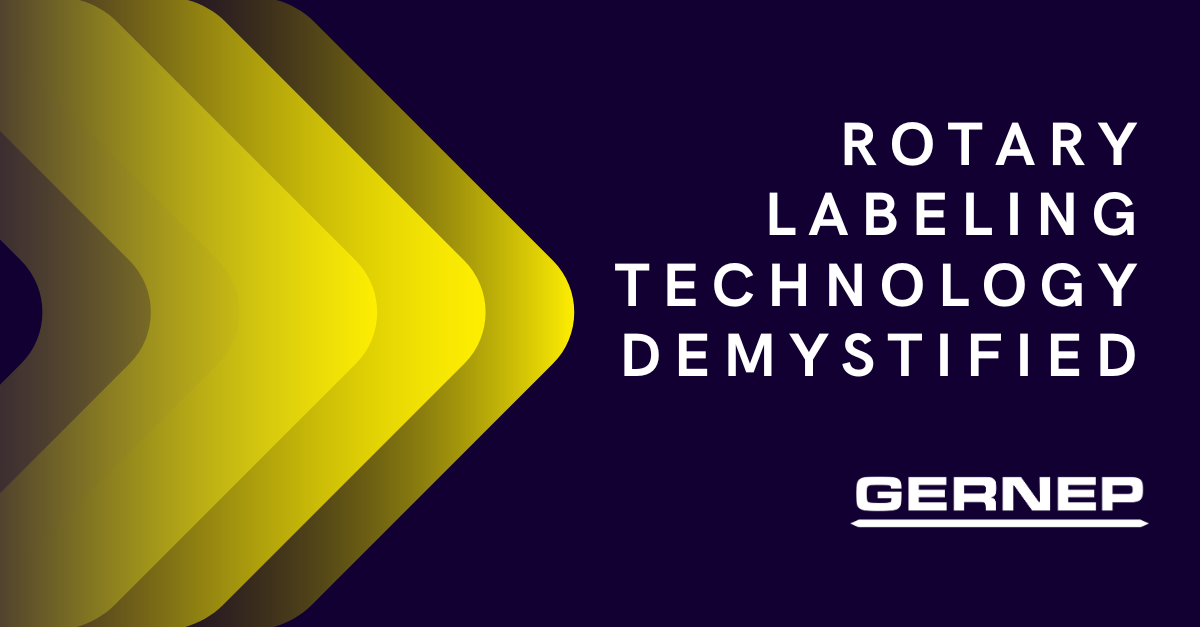
30 May 7 Tips for Chemical Labels
Chemical Labels Requirements
Any company manufacturing chemicals knows that the future of their industry is changing rapidly. It is more important than ever to understand what impact the ingredients in your household products may have on the environment, humans, and animals. Knowing what ingredients go into any product has also become increasingly influential in the buyer’s journey.
Requirements for consumer chemical labeling differ from one country to the next. Beware that specific states or provinces may also have regulations specific to them- ignorance of these could cost you!
USA – Hazardous consumer chemicals must be labeled according to the FSHA
CAN – Hazardous consumer chemicals must be labeled according to the CCCR
EU – Applies “Regulation (EC) No 1272/2008 on classification, labeling and packaging of substances and mixtures” (CLP) to hazardous consumer products, with the requirement of additional precautionary phrases and a Tactile Warning of Danger (TWD) for specific hazard categories.
GHS – And just to be sure, there is also the or Globally Harmonized System of Classification & Labeling of Chemicals. The hazardous identification system is recognized internationally to provide increased protection for human health and the environment, covering all domestic, medical, automobile, and electronic products, including the import and export trading of chemicals.
The classification variations in each will result in considerably different requirements, so make sure to browse the links above to ensure you are entirely up to code!
Without further ado, here are 7 essential elements necessary for adequate chemical labels:
1 – Signal words: DANGER, CAUTION, WARNING, etc.
2 – Hazard symbols
2 – Principal Hazards: Do not ingest, etc.
3 – First aid statements: If in eyes, rinse with water for 15 minutes
4 – Ingredient disclosure
5 – Instructions for opening & closing the container
6 – Sufficient color contrast between printed information & background
7 – Bilingual label information
We may have handed over all the resources you will need to comply with local, federal, and global agencies (you’re welcome), but that doesn’t mean the road ahead won’t be bumpy. Few industries are as complex and challenging as this one, but labeling should be viewed as a strategic process.
Here are the 4 Main Challenges to Chemical Labels for Consumers
1 – Meeting all regulatory requirements
2 – Fitting all required information on the label
3 – Meeting language requirements
4 – Variable data management
Following this guideline is only half the battle! The other half is proper crease-free label positioning and adherence to the container at high speed.
How can GERNEP Help with chemical labels application?
Gernep’s rotary machinery offers a choice of various labeling technologies; one machine can also be fitted with up to eight different labeling stations – each adapted to apply labels to the neck, body, top, bottom, etc., depending on container type.
Labels are the most important aspect of the packaging industry, and a rotary labeler is a valuable addition to your production line, saving you time and money!
If you need a custom solution to improve your throughput, we provide tailored solutions for many industries, including chemicals, cosmetics, food and beverages, and more. With 35 years of experience, GERNEP has developed and manufactured machines that set the standard for functionality and precision, constantly exploring new methods to better plan, build and execute solutions which meet customers’ needs. Contact us today to obtain additional information on our line of rotary labeling machines.
Butcombe Brewery Trust Gernep Machinery
Well known Uk Craft Brewer, Butcombe Brewery singles-out Gernep's Soluta, efficient pressure-sensitive machinery for it's home and co-packaging operations....
Maximizing the Labeling Efficiency of Unstable Containers with Puck Conveyors
Gernep Puck Conveyor Systems are specifically designed to maximize labeling efficiency for even the most unstable containers. Face the challenge head-on with Gernep and streamline your labeling process....
Rotary Labeling Technology Demystified
The right labeling technology can make a significant difference in your production line. In this blog we offer a comparison of the different labeling technologies available, so that you are selecting the right machine to get your job done as efficiently and cost-efficiently as possible....
Selecting the right beer labeling equipment for your needs
Efficient labeling equipment will dramatically increase productivity and pay for itself quickly by immediately increasing production....
The Evolution of the North American Beverage Industry
Adapt swiftly to North America's dynamic beverage industry with customizable labeling machines. Embrace market changes through enhanced flexibility, sustainability, and efficiency and stay ahead thanks to systems designed to ensure your operations are future-proofed against evolving consumer preferences and regulatory standards. ...






